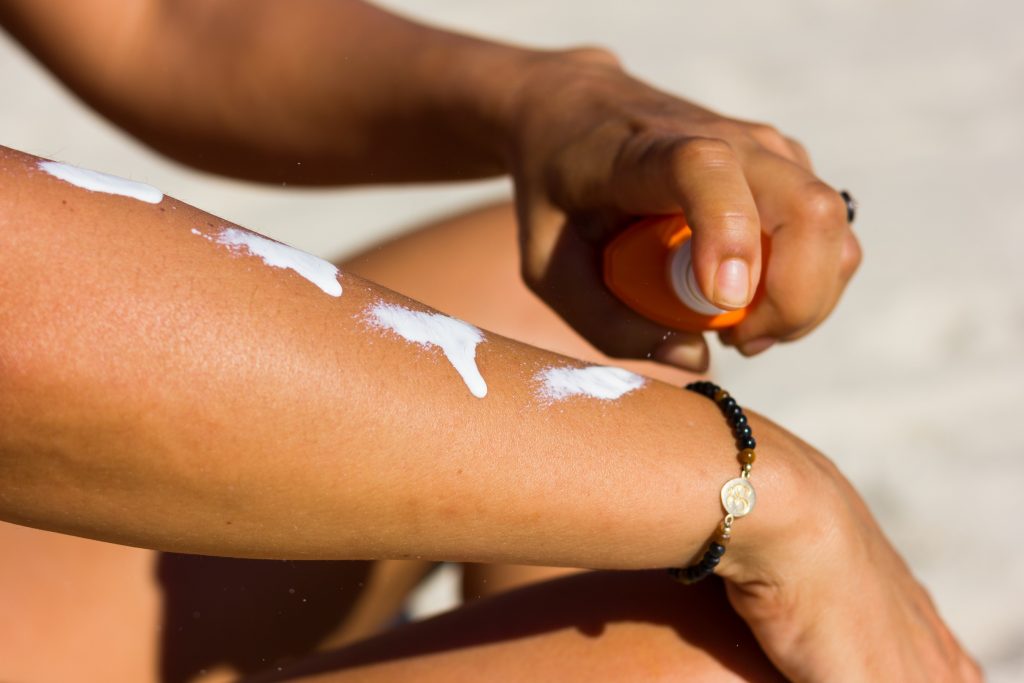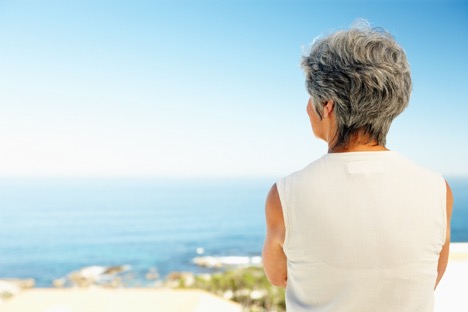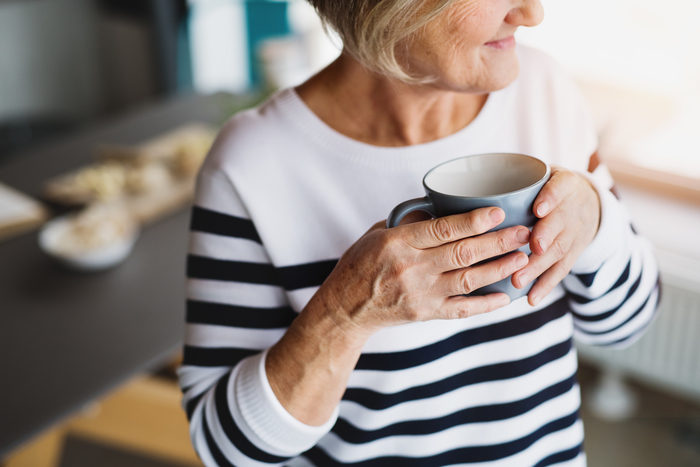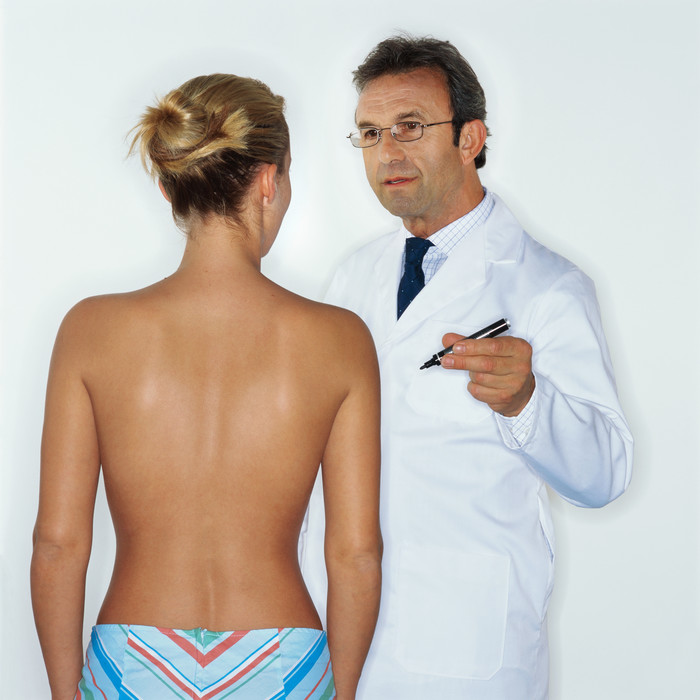
Close up on woman applying sun cream on her arm with a spray at the beach on a warm, sunny day. Sunscreen protection, skin cancer concept
The warmer, sunnier weather is calling you to the great outdoors, but breast cancer survivors need to take extra special precautions to care for their skin. Why? Both chemotherapy and radiation treatments can make the skin more sensitive to the sun up to two years after treatment is over.
Before you head to the park or to the beach, It’s important for breast cancer patients to follow these tips to stay safe in the sun:
- Wait Just a Bit
If you just finished radiation therapy, give your skin a little time to heal before enjoying the sun. It is typically recommended that radiation patients wait a few weeks before venturing out. When exposed to the sun, radiation therapy can cause something called ‘radiation recall’, where the treated area will “remember” that it was exposed to radiation and become red, inflamed, and tender again.
- Use Sunscreen
According to the American Cancer Society, sunscreen for breast cancer survivors should have a sun protection factor (SPF) of 30 or higher. The SPF number is the level of protection that the sunscreen provides against UVB rays. Keep in mind that no sunscreen completely protects you, so you should combine other safety tips to increase your chance of protection.
Not sure what you should use? Every breast cancer patient is different, so talk to your oncologist and your radiation oncologist to see what they want you to use. If you have already had a negative reaction to the sun or are sensitive to certain sunscreen ingredients, they may have a different product recommendation.
- Cover Up
The area of your breasts that received radiation therapy should be protected from the sun at all times with clothing and sunblock, especially if the area is already red or ‘burned’ because of treatments. It’s also important to keep your surgical scars covered.
- Sit in the Shade
Unless your doctor specifically tells you to not go out in the sun at all, you should limit your sun exposure during the times that the ultraviolet or UV rays are the strongest. This is between 10 a.m. and 4 p.m. It’s best to enjoy the early morning or later evening sun.
- Protect Your Scalp
Chemotherapy causes hair loss, so if your hair is thinning or if you are completely bald, make sure you wear a hat or apply sunscreen to your scalp – and don’t forget your ears too!
- Don’t Get Overheated
Some chemotherapy medications can cause your body to become overheated in the sun, so consider wearing a wide brim hat or a hat that is made from natural fabrics so your scalp can ‘breathe.’
Don’t use tanning beds: They employ the same dangerous ultraviolet rays that the sun emits.
You can certainly enjoy the warm summer outdoors without baking in the sun. Remember, you just finished treatment and need to take it easy and keep your body healthy.














